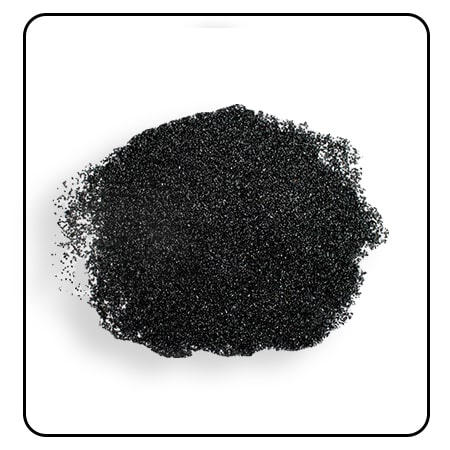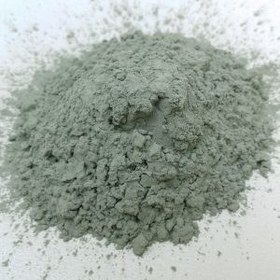
Abrasive powder, also known as polishing powder or lapping compound, is a fine particulate material used for smoothing, polishing, and finishing surfaces. It works by abrading or gently wearing away the outer layers of a material, revealing a smoother subsurface. Abrasive powders are used in various industries, from manufacturing and automotive to jewelry making and dentistry. The effectiveness of abrasive powder depends on several factors, including the type of abrasive material, its grit size, and the application technique.

Abrasive powders are available in a range of different materials, particle sizes, and formulations. The choice of abrasive powder depends greatly on the material being worked on and the desired finish. Finer grits are used for polishing and achieving a high-gloss finish, while coarser grits are used for removing material more quickly or for creating a matte finish.
For more information on related abrasive products, check out Tehran Polish's selection of سنباده رولی.
There are several types of abrasive powders, each with unique properties and applications:
The selection of the appropriate abrasive powder for a specific application also depends on factors such as hardness and the cost of the material. Understanding the properties of each type is crucial for achieving the desired result.
Find more information on abrasive solutions at Polishtehran.ir for پرداخت کاری options.
Abrasive powders are used in a wide range of applications across various industries:
The versatility of abrasive powders makes them valuable tools in a variety of settings.

Discover more about abrasive techniques at Tehranpolish.com, especially regarding سنباده رولی applications.
Selecting the appropriate abrasive powder is essential for achieving the desired results. Consider the following factors:
Abrasive powders can pose certain health and safety risks if not handled properly. It is crucial to take the necessary safety precautions:

Safety first! Always prioritize safe practices when working with abrasive powders.
You can also find more safety information related to پرداخت کاری on polishtehran.ir.
The effectiveness of abrasive powder depends not only on the type and grit size, but also on the application technique. Here are some common application techniques:
Experiment with different techniques to find the one that works best for your specific application.
Grit size refers to the average particle size of the abrasive powder. It is typically measured in microns or mesh size. The lower the grit number, the coarser the abrasive powder, and vice versa.

Selecting the appropriate grit size depends on the desired finish and the material being worked on. It is often necessary to use a series of progressively finer grits to achieve the best results.
For those interested in purchasing سنباده رولی, visit Tehran Polish for a variety of grit options and information.
Like any abrasive method, using abrasive powder has its advantages and disadvantages:
Pros:Proper storage and handling are essential to maintain the quality and integrity of abrasive powder:
Proper storage and handling will help extend the shelf life of abrasive powder and ensure its effectiveness.
Here are some common issues encountered when using abrasive powder and potential solutions:



